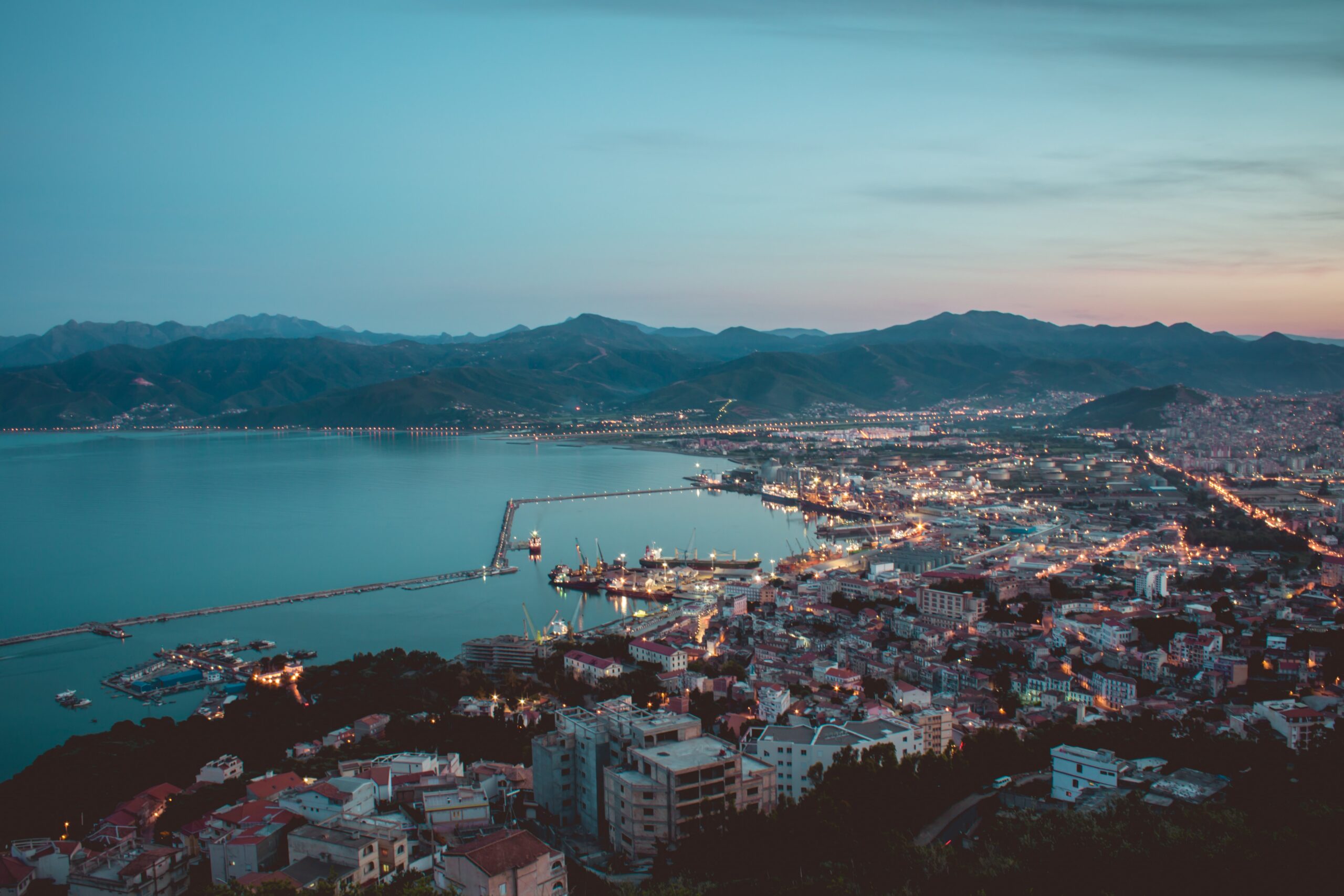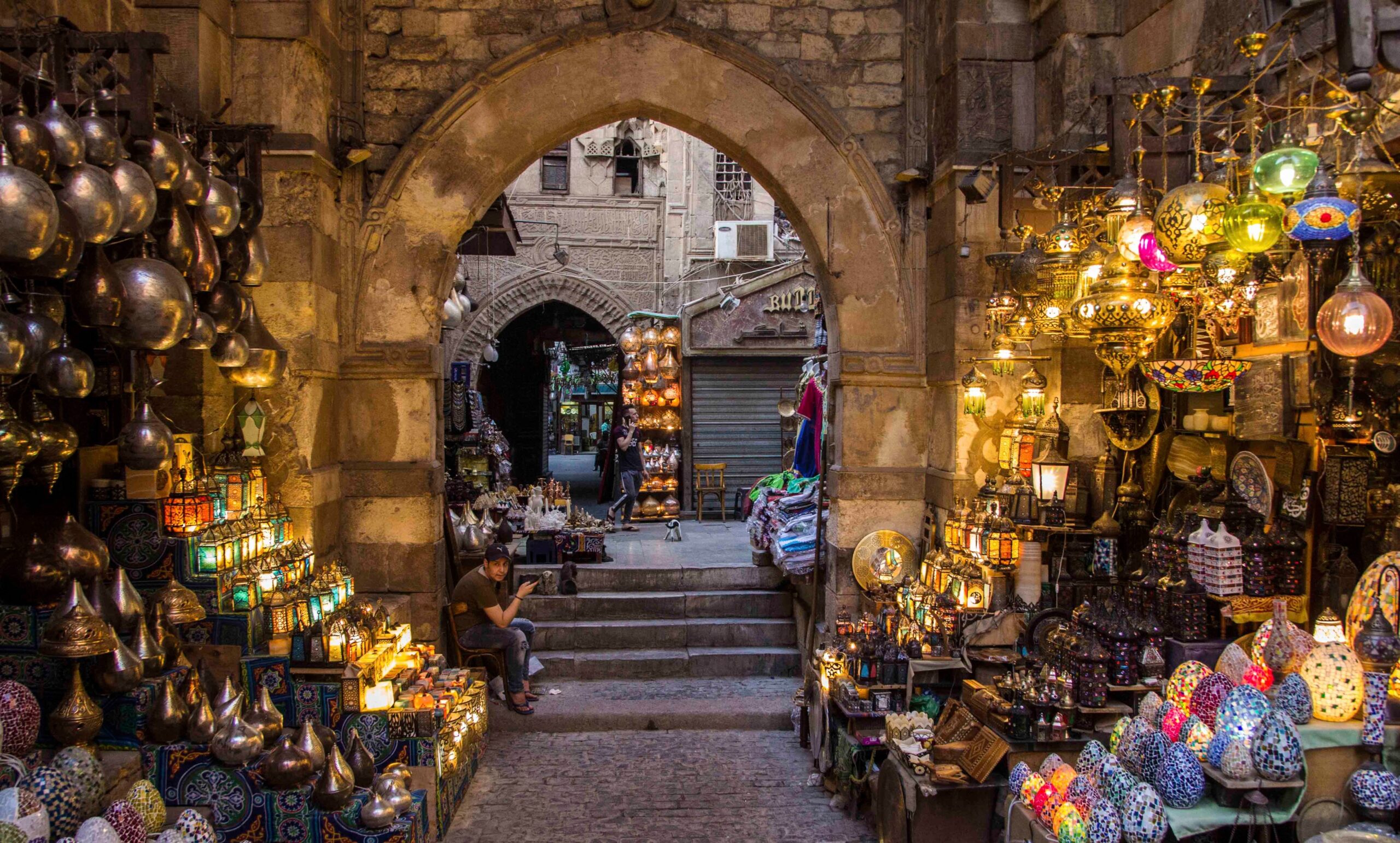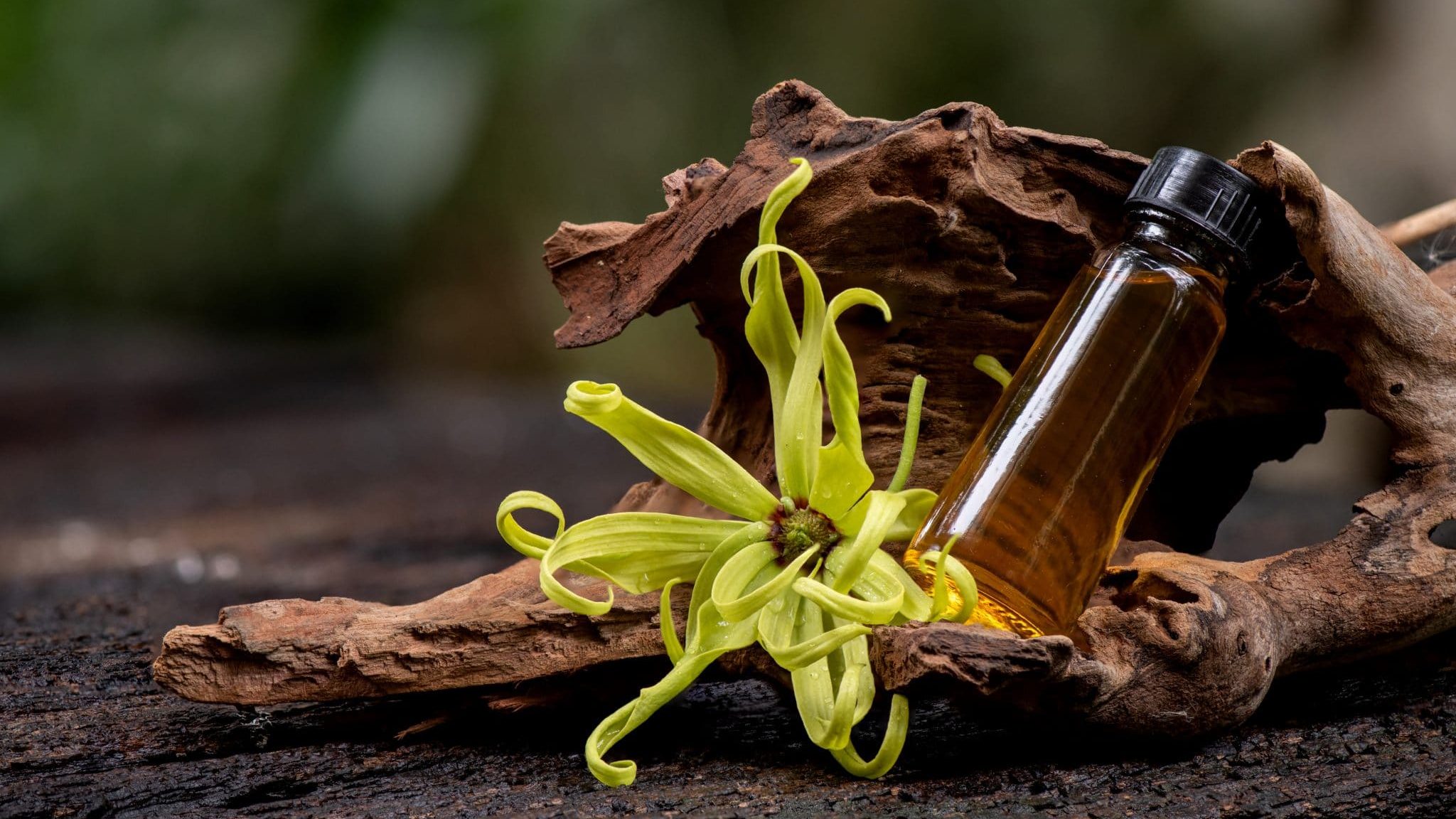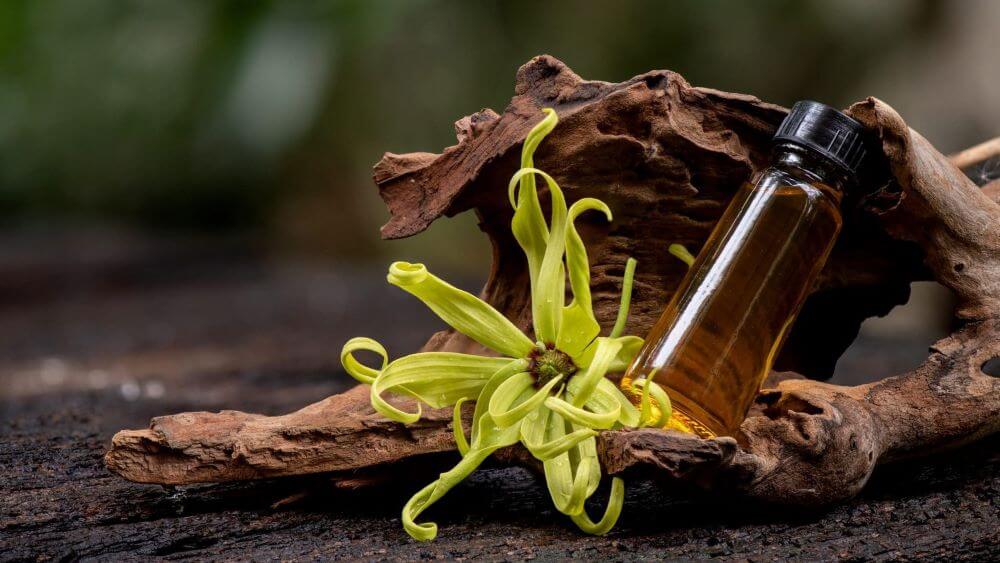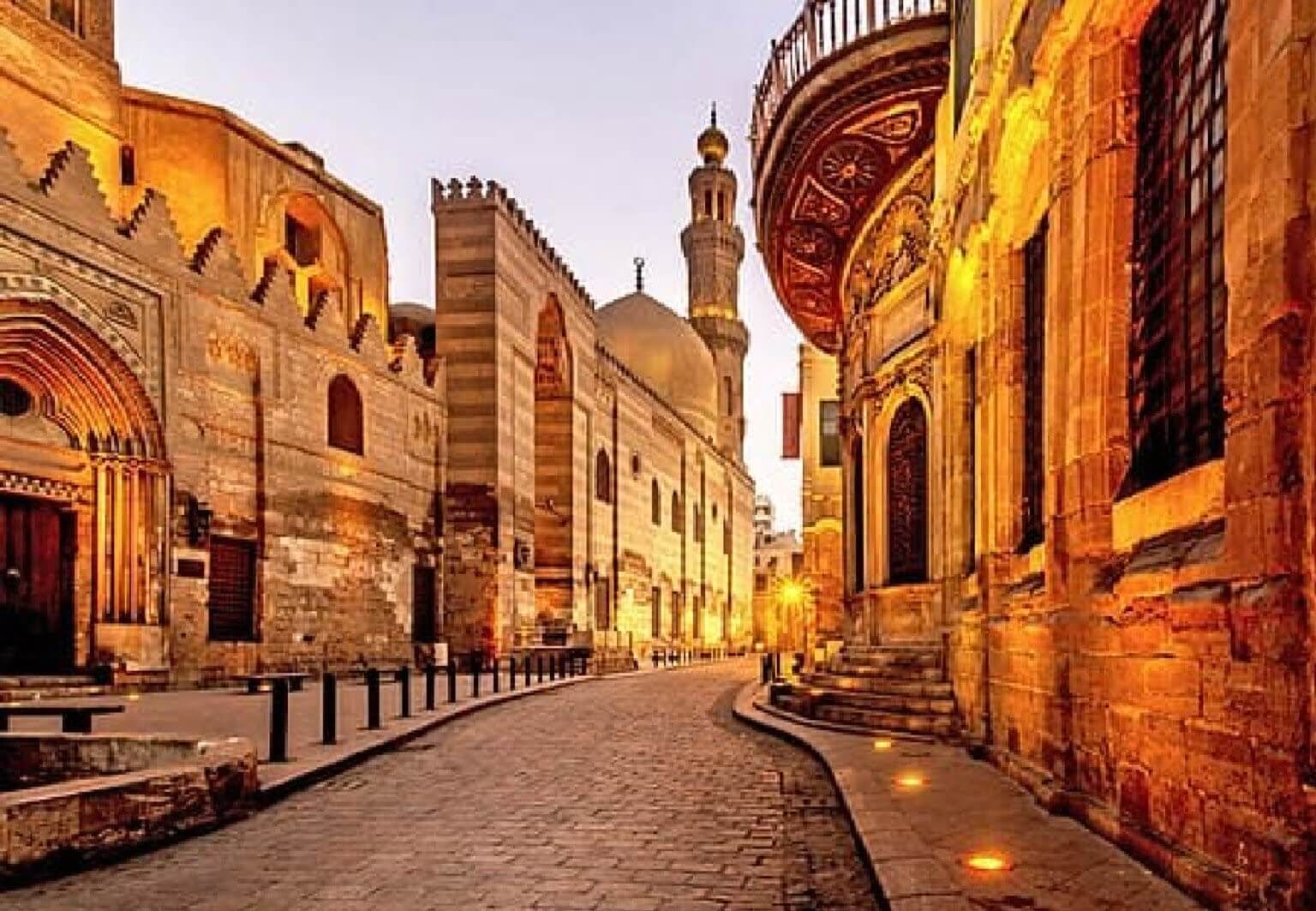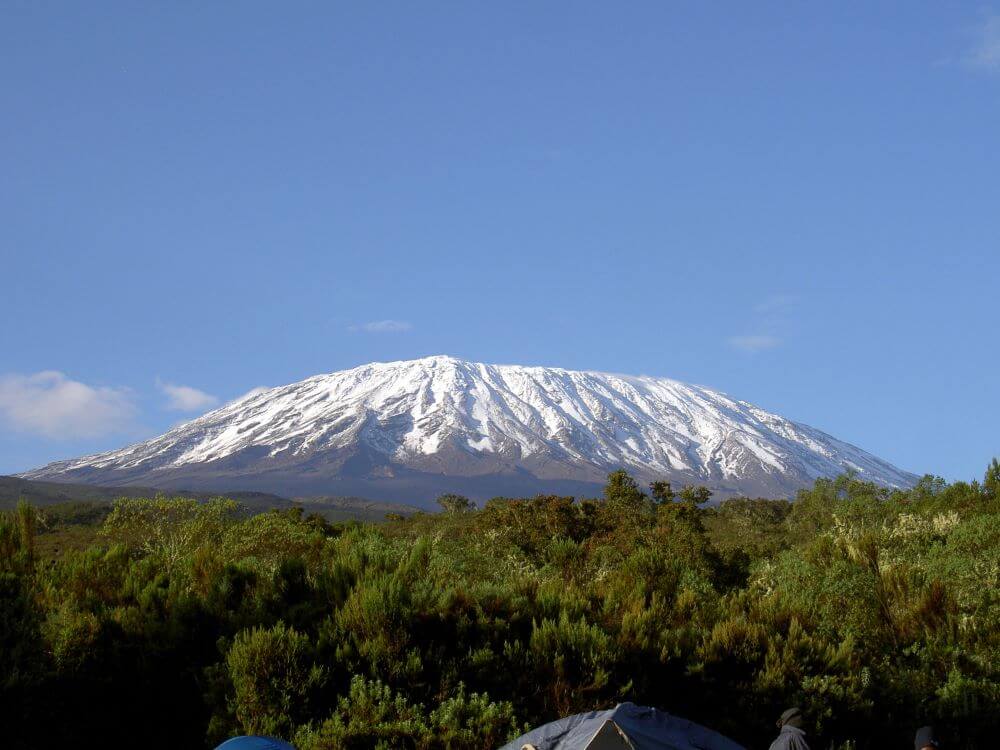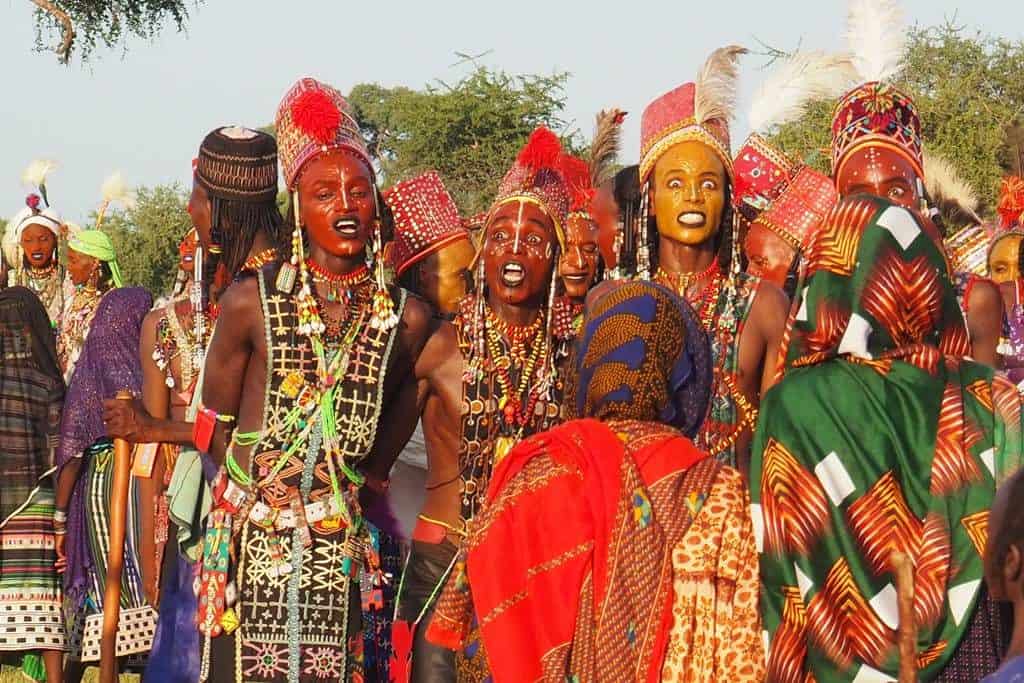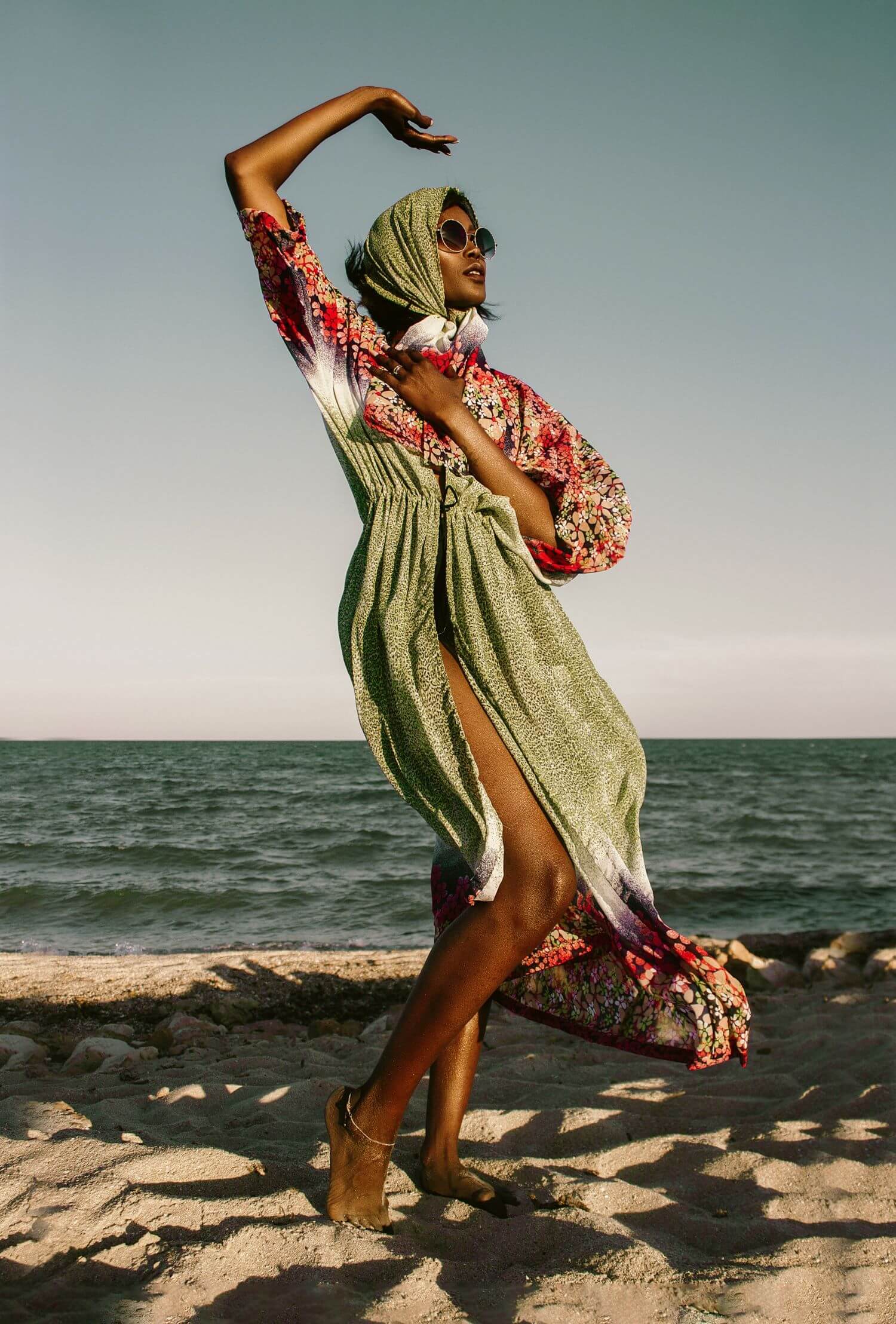Nestled off the coast of Dakar, Senegal’s bustling capital, lies Gorée Island—a place of profound historical significance and haunting beauty. Stepping onto this tiny island is like stepping back in time, where the echoes of the past reverberate through its cobbled streets and colonial buildings. Gorée Island, a UNESCO World Heritage site, offers a poignant journey through history, culture, and resilience. Join me as we explore the captivating essence of Gorée Island.
A Historical Overview

Gorée Island’s history is marked by its role in the transatlantic slave trade. From the 15th to the 19th century, it served as one of the largest slave trading centers on the African coast. Today, it stands as a powerful reminder of this dark chapter in human history, offering visitors a chance to reflect and learn.
Arriving on Gorée Island

Your journey to Gorée Island begins with a short ferry ride from Dakar’s port. As the ferry approaches the island, you’ll be greeted by a picturesque scene: colorful colonial buildings, narrow winding streets, and vibrant bougainvillea cascading down stone walls. The island’s serene beauty contrasts sharply with its somber history, creating a unique and reflective atmosphere.
Key Attractions and Sites
Maison des Esclaves (House of Slaves)

The Maison des Esclaves is the island’s most iconic and haunting site. Built in 1776, this museum vividly depicts the horrors of the slave trade. The infamous “Door of No Return,” through which enslaved Africans were forced onto ships bound for the Americas, is a stark symbol of the island’s tragic past.
Guided Tours: Take a guided tour of the House of Slaves to gain a deeper understanding of the conditions enslaved people endured. Knowledgeable guides provide historical context and personal stories, making the experience profoundly moving.
Gorée Castle

Perched atop a hill, Gorée Castle offers panoramic views of the island and the Atlantic Ocean. Originally built by the Portuguese in the 15th century, it was later expanded by the Dutch and the French. The castle’s cannons and fortifications are remnants of its strategic military importance.
Museums: The castle houses several museums, including the Historical Museum of Senegal and the Museum of Women, which celebrate Senegal’s rich cultural heritage and the contributions of women to society.
St. Charles Borromeo Church

Le Castel

Le Castel is a charming hilltop monument, restaurant and cultural center offering stunning views and delicious Senegalese cuisine. It’s the perfect spot to relax, enjoy a meal, and soak in the island’s tranquil ambiance.
Cultural Immersion
Gorée Island is not just about its history; it’s also a vibrant cultural hub where art, music, and local traditions thrive.
Art Galleries and Workshops
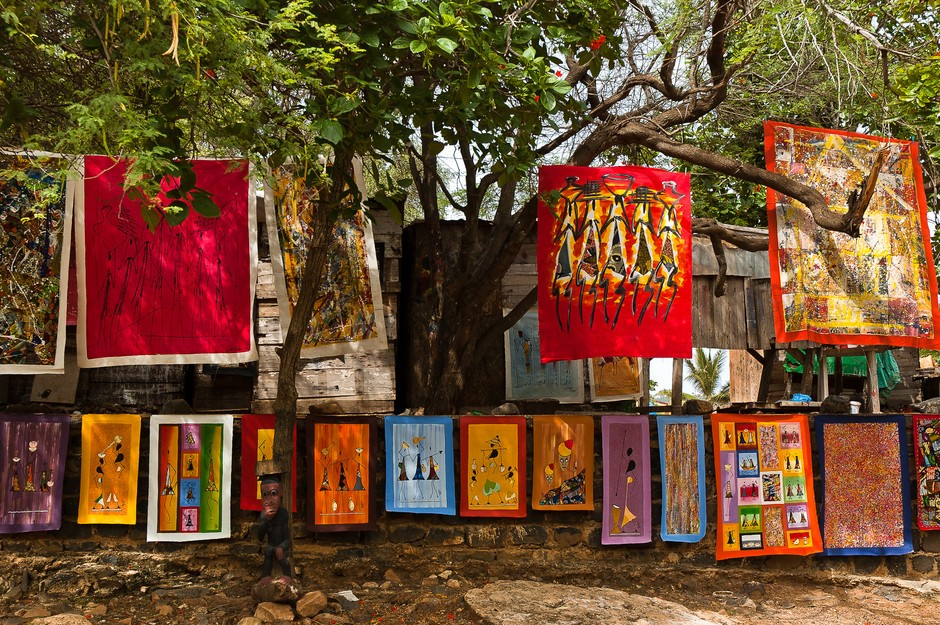
The island is home to numerous art galleries and workshops where local artists showcase their work. From intricate beadwork and textiles to contemporary paintings and sculptures, Gorée’s art scene is diverse and dynamic.
- Meet the Artists: Spend time with local artists to learn about their creative processes and the cultural significance of their work. Many workshops offer hands-on experiences, allowing you to create your own piece of art to take home.
Festivals and Performances

Gorée Island hosts several cultural festivals throughout the year, celebrating everything from jazz music to film. These events attract artists and performers from across Africa and beyond, creating a lively and festive atmosphere.
Traditional Music and Dance: Experience traditional Senegalese music and dance performances that bring the island’s history and culture to life. Drumming, singing, and dancing are integral parts of Senegalese heritage and are often featured in local celebrations.
Visiting Gorée Island is a deeply moving and enriching experience. Its blend of historical significance, cultural vibrancy, and natural beauty creates a unique and unforgettable journey. Whether you’re reflecting on its poignant past, engaging with its lively present, or simply enjoying its serene landscapes, Gorée Island leaves a lasting impression on every traveler. So, embark on this journey of reflection and discovery, and let Gorée Island’s stories and spirit touch your heart.


